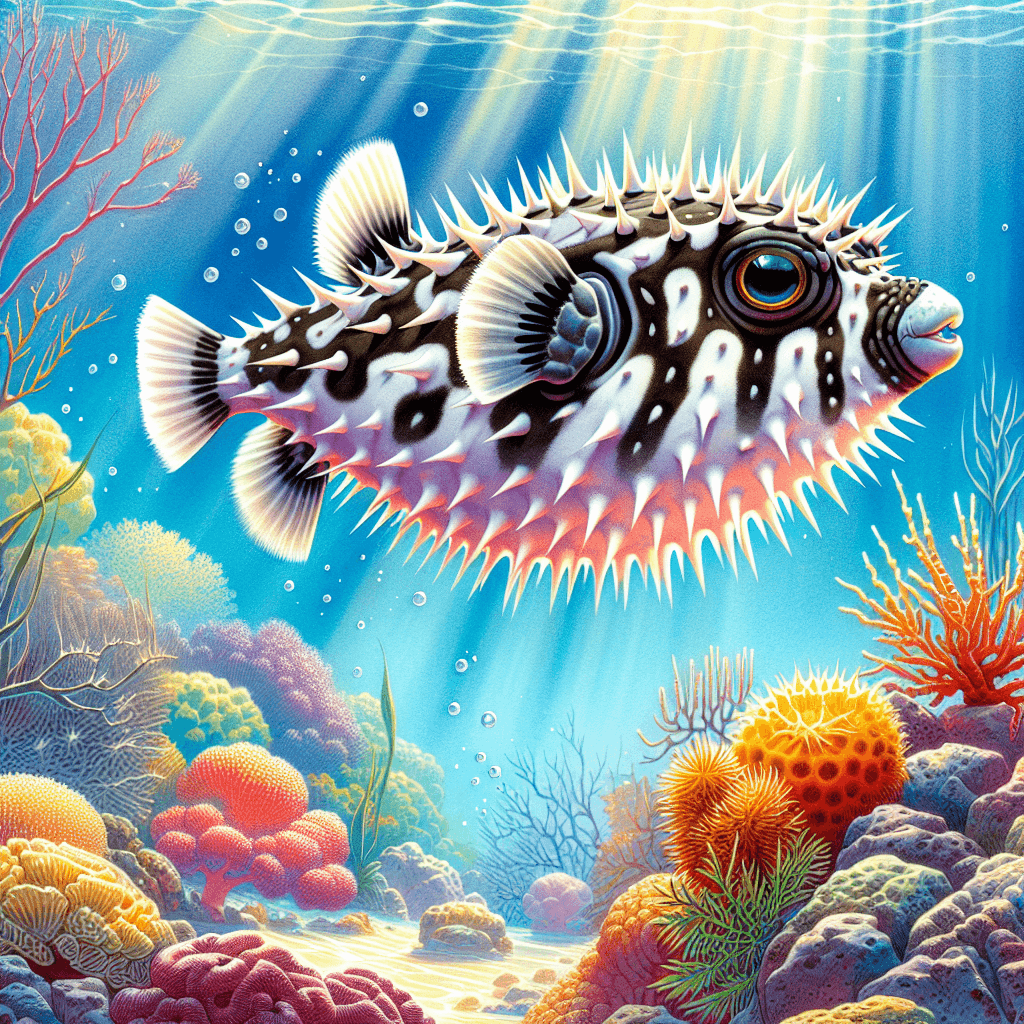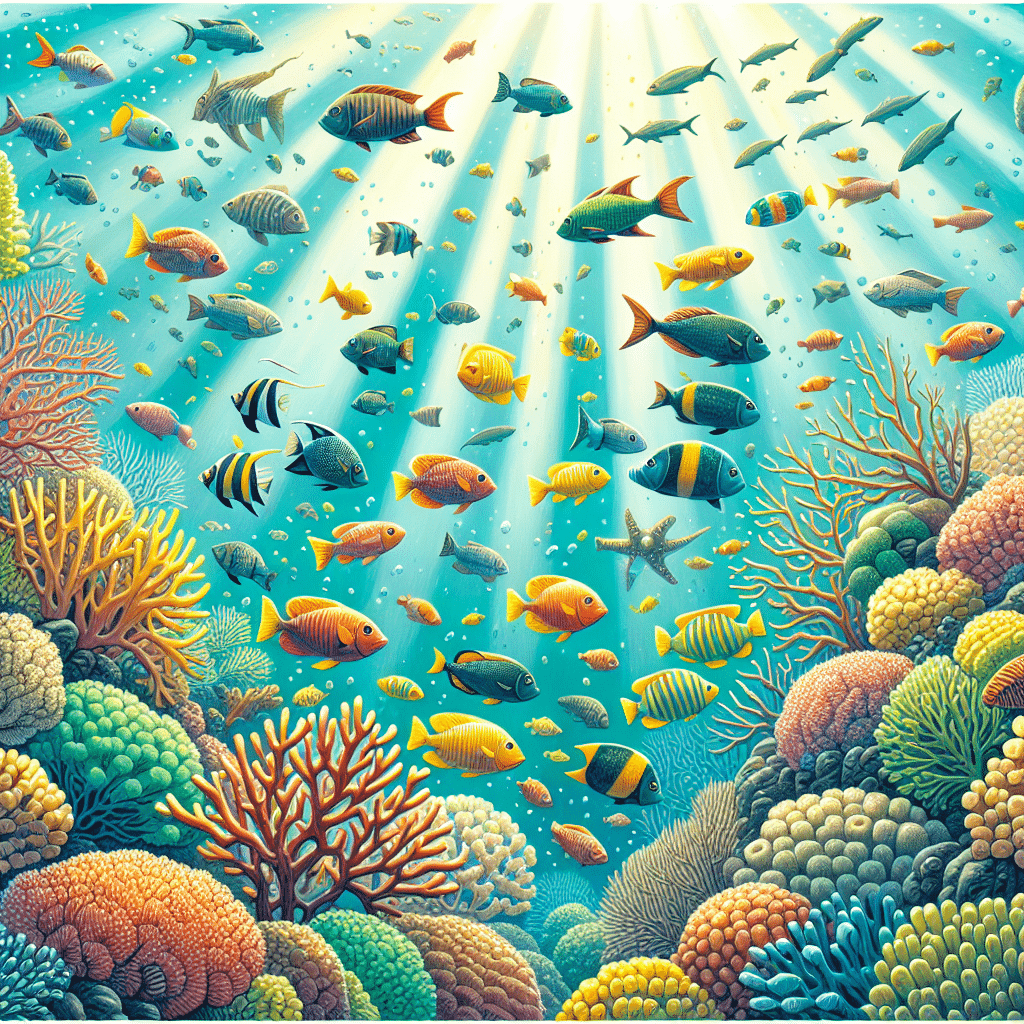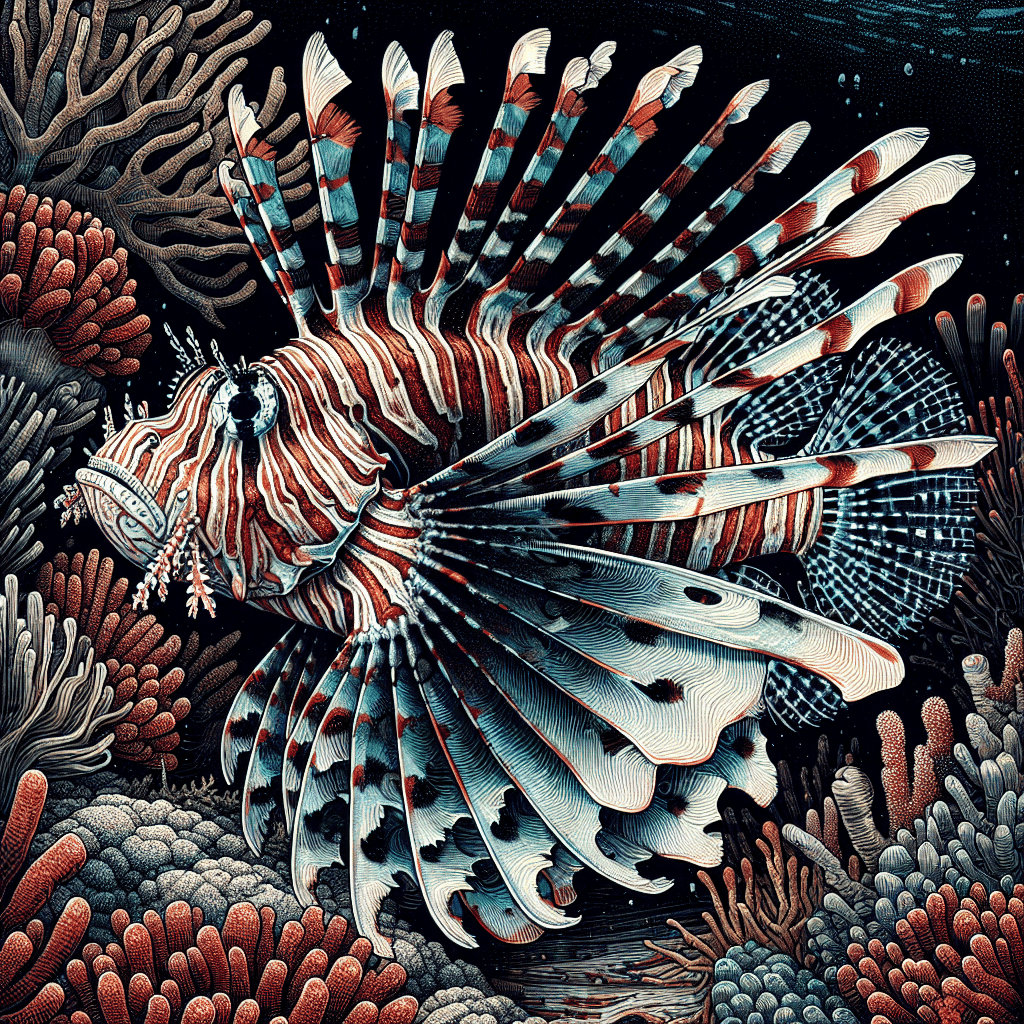Introduction to Valentini Puffer
Characteristics of Valentini Puffer
I want to share some interesting facts about the Valentini puffer, a delightful little fish that has captured my heart as a hobbyist. The Valentini puffer, scientifically known as Canthigaster valentini, is part of the pufferfish family and is commonly referred to as the Black Saddle Toby. This charming fish typically reaches a maximum size of around 4 inches (10 centimeters), making it perfect for smaller home aquariums, unlike some of its larger relatives that can grow to a foot or more in length (FantaSEA Aquariums).
These puffers are not just small; they also have a vibrant appearance. They sport a striking pattern that includes dark spots and a beautiful mix of colors, which can add a lively touch to any reef tank. Their unique look is one of the reasons why they are so popular among fish tank enthusiasts like me.
In terms of lifespan, the Valentini puffer can live up to 5 years in optimal conditions (Saltwaterfish.com). Their relatively manageable size and longevity make them a great choice for beginners and seasoned aquarists alike.
Here’s a quick overview of key characteristics:
| Characteristic | Details |
|---|---|
| Maximum Size | 4 inches (10 cm) |
| Lifespan | Up to 5 years |
| Common Name | Black Saddle Toby |
| Distribution | Tropical and subtropical waters of the Indian Ocean, Red Sea, and Pacific Ocean islands (Wikipedia) |
If you’re looking to enhance your tank with unique marine life, the Valentini puffer might just be the perfect addition. Don’t forget to check out the care guide and feeding recommendations for this fascinating fish!
Valentini Puffer Care Guide
Caring for Valentini Puffers can be a rewarding experience. These unique fish require specific conditions to thrive and stay healthy. Below, I outline essential care guidelines covering tank size, water conditions, diet, and health considerations.
Tank Size and Setup
For Valentini Puffers, I recommend a minimum tank size of 30 gallons (approximately 114 liters). Creating a stable environment is crucial, so ensure the tank has:
- pH Level: 8.1 to 8.4
- Salinity: 1.020 – 1.025
- Water Temperature: 74 – 78°F (23 – 26°C)
It’s important to provide adequate water flow and a well-structured setup with plenty of hiding spots and live rock to mimic their natural habitat. This setup helps them feel secure and promotes healthy behavior. For more information on marine fish care, check out our article on marine fish.
Water Conditions for Valentini Puffer
Maintaining stable water conditions is key for the health of Valentini Puffers. In addition to the parameters mentioned above, regular monitoring is essential. Keep an eye on:
| Water Parameter | Ideal Range |
|---|---|
| pH | 8.1 – 8.4 |
| Salinity | 1.020 – 1.025 |
| Temperature | 74 – 78°F (23 – 26°C) |
Fluctuations in these conditions can stress the fish and lead to health issues.
Diet and Feeding Recommendations
Valentini Puffers are carnivorous and should be fed a varied diet to maintain their health and well-being. Here’s what I recommend including in their meals:
- Marine-based flakes and pellets
- Frozen foods: brine shrimp, mysis shrimp
- Chopped seafood: unshelled shrimp, small aquatic snails, chopped squid
- Vegetative matter: algae pellets, nori
It’s important to provide a crunchy diet to help wear down their continuously growing teeth. For more on fish feeding, view our guide on fish feeding recommendations.
Health Considerations
To keep Valentini Puffers healthy, ensure they have at least 30 gallons of space and plenty of hiding places. They are sensitive to fluctuations in water quality, so regular testing and maintenance are crucial. Their diet should primarily consist of meaty foods, as mentioned earlier. Pay attention to their eating habits, and if they show signs of distress or illness, consult with an aquarium professional. For information on other fascinating fish, consider reading about pufferfish or blowfish.
By following these care guidelines, I believe you can create a thriving environment for your Valentini Puffer. Happy fishkeeping!
Understanding Valentini Puffer Behavior
When it comes to keeping a Valentini puffer, understanding their behavior can really enhance the aquarium experience. These charming little fish have some interesting traits that all hobbyists should know about.
Puffing Behavior
One of the most fascinating behaviors of Valentini puffers is their ability to puff up when startled. When they feel threatened or approached by a predator, they gulp in large amounts of water, which allows them to inflate their bodies. This inflation can increase their size significantly, making them appear more intimidating to potential threats. They can remain puffed for up to 10 minutes FantaSEA Aquariums. It’s crucial to remember that if they are taken out of the water, they might gulp air instead of water, which can be fatal.
| Behavior | Description |
|---|---|
| Puffing Up | Increases size to deter predators |
| Duration | Can stay puffed for up to 10 minutes |
| Risk of Air Gulping | Fatal if taken out of the water |
Social Interactions
Valentini puffers are generally known to be a bit territorial, especially males. They prefer to have their own space and can display some aggressive behaviors towards other fish. In a community tank, it’s best to house them with species that are not overly aggressive or too small, as they may become targets. When it comes to social interactions, these puffers can be quite curious and may explore their surroundings, often investigating anything new in their environment.
Despite their territorial nature, Valentini puffers can coexist peacefully with certain fish, such as clownfish and goby. However, it’s important to monitor their interactions closely, especially during feeding times, as they can become possessive of their food.
| Interaction Type | Description |
|---|---|
| Territorial Nature | Prefer their own space; can be aggressive |
| Compatible Species | Typically get along with clownfish and gobies |
| Curiosity | Explore and investigate new items in their tank |
Understanding these behaviors can help ensure a healthy and enjoyable environment for both the Valentini puffer and its tank mates. By creating a suitable habitat and being aware of their unique traits, I can foster a thriving aquatic community.
Valentini Puffer Reproduction
Breeding Challenges
Breeding the Valentini puffer can be quite the challenge, especially for those of us who are hobbyists. One major hurdle is their territorial nature. Dominant males tend to establish territories and will only breed with females within that area. This can make it difficult to get pairs together in a community tank, as they may not feel comfortable or safe enough to breed if there are too many other fish around.
Another consideration is the specific environmental conditions required for successful breeding. Valentini puffers require stable water parameters, which can be tough to maintain in a home aquarium. If the water conditions fluctuate too much, it can stress the fish and hinder their ability to reproduce.
Unique Reproductive Behavior
The Valentini puffer exhibits some fascinating reproductive behaviors. Females can lay between fifteen and over 800 eggs every four to ten days. These eggs are quite small, measuring between 0.68 and 0.72 mm in diameter. After an incubation period of three to five days, the eggs hatch into larvae that measure between 1.30 and 1.40 mm in standard length (Wikipedia).
The eggs are typically attached to algae on coral rubble, which provides them with a safe environment to develop. This unique approach helps ensure that the larvae have access to food once they hatch. It’s truly interesting to see how these fish have adapted their breeding strategy to their natural habitat, maximizing the chances of survival for their offspring.
If you’re looking to learn more about other marine fish or perhaps explore different species that might fit well in your reef tank, check out our articles on marine fish and other interesting species like pufferfish or clownfish.
Valentini Puffer in the Wild
Natural Habitat
The Valentini puffer is a fascinating fish that thrives in the warm waters of the Indian Ocean. I often find them ranging from the Red Sea all the way to the distant islands beyond Australia. They typically inhabit coral reefs at depths of up to 55 meters, which provides them with plenty of hiding spots and abundant food sources.
Here’s a quick overview of their natural habitat:
| Habitat Feature | Description |
|---|---|
| Ocean | Indian Ocean |
| Depth | Up to 55 meters |
| Ecosystem | Coral reefs |
If you’re looking to replicate their natural environment in your aquarium, consider using live rock and coral structures to create a similar habitat.
Symbiotic Relationships
One of the coolest things about Valentini puffers is their unique relationship with the blacksaddle filefish (Paraluteres prionurus). In the wild, these two species often shoal together for safety and protection. The Valentini puffer’s toxic nature, due to the presence of tetrodotoxin in its skin and tissues, acts as a deterrent to potential predators (Wikipedia). This means that both fish benefit from this relationship: the filefish gains protection from predators, while the puffer enjoys companionship.
This symbiotic relationship is a great example of how different species can work together in the wild. If you’re considering adding a Valentini puffer to your reef tank, it’s essential to keep in mind their natural behaviors and social interactions. While they can be kept alone, understanding their social nature can help in creating a more enriching environment.
For more information on other fish that might be a good match for your aquarium, check out our guides on marine fish and specific species like the clownfish or lionfish.



